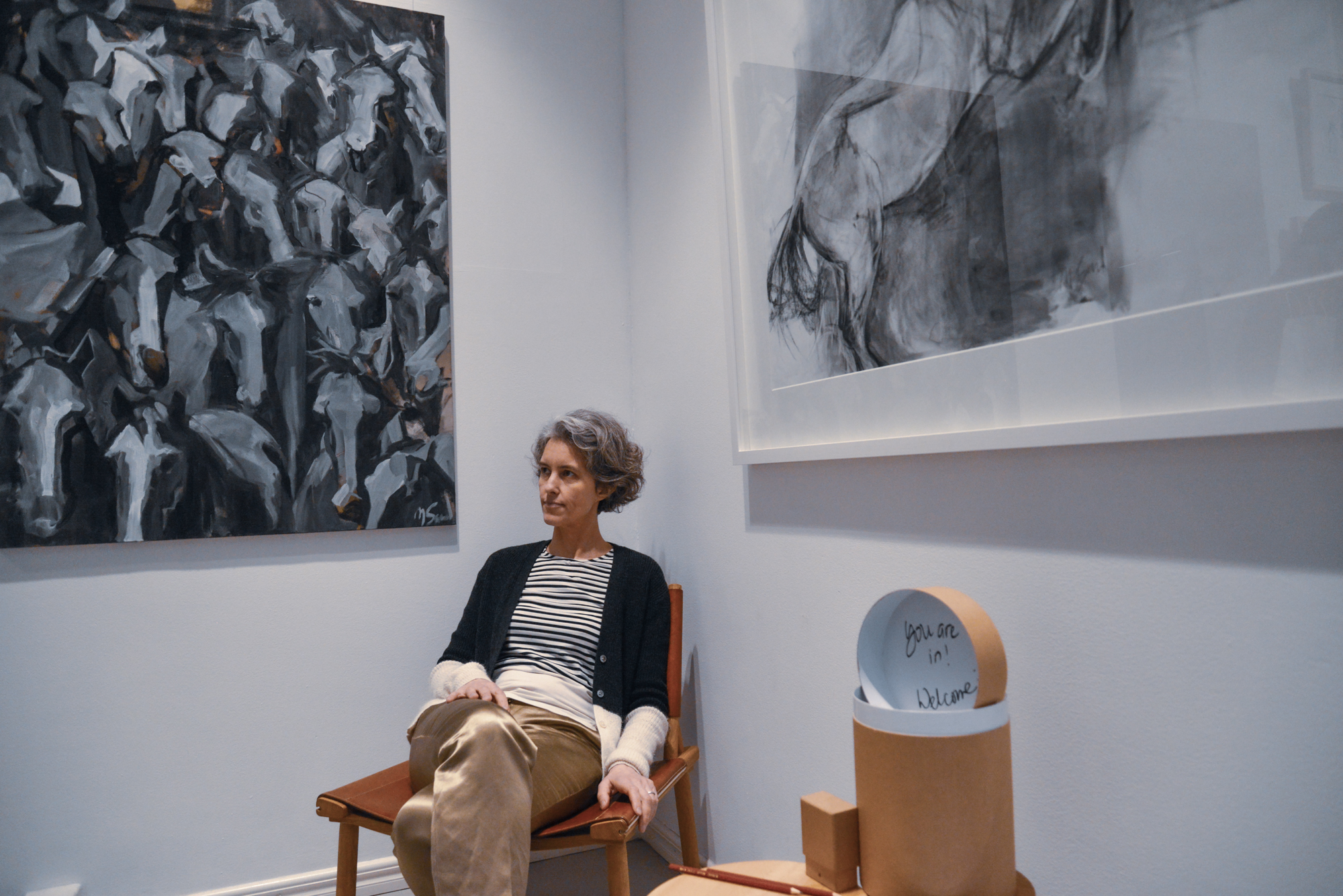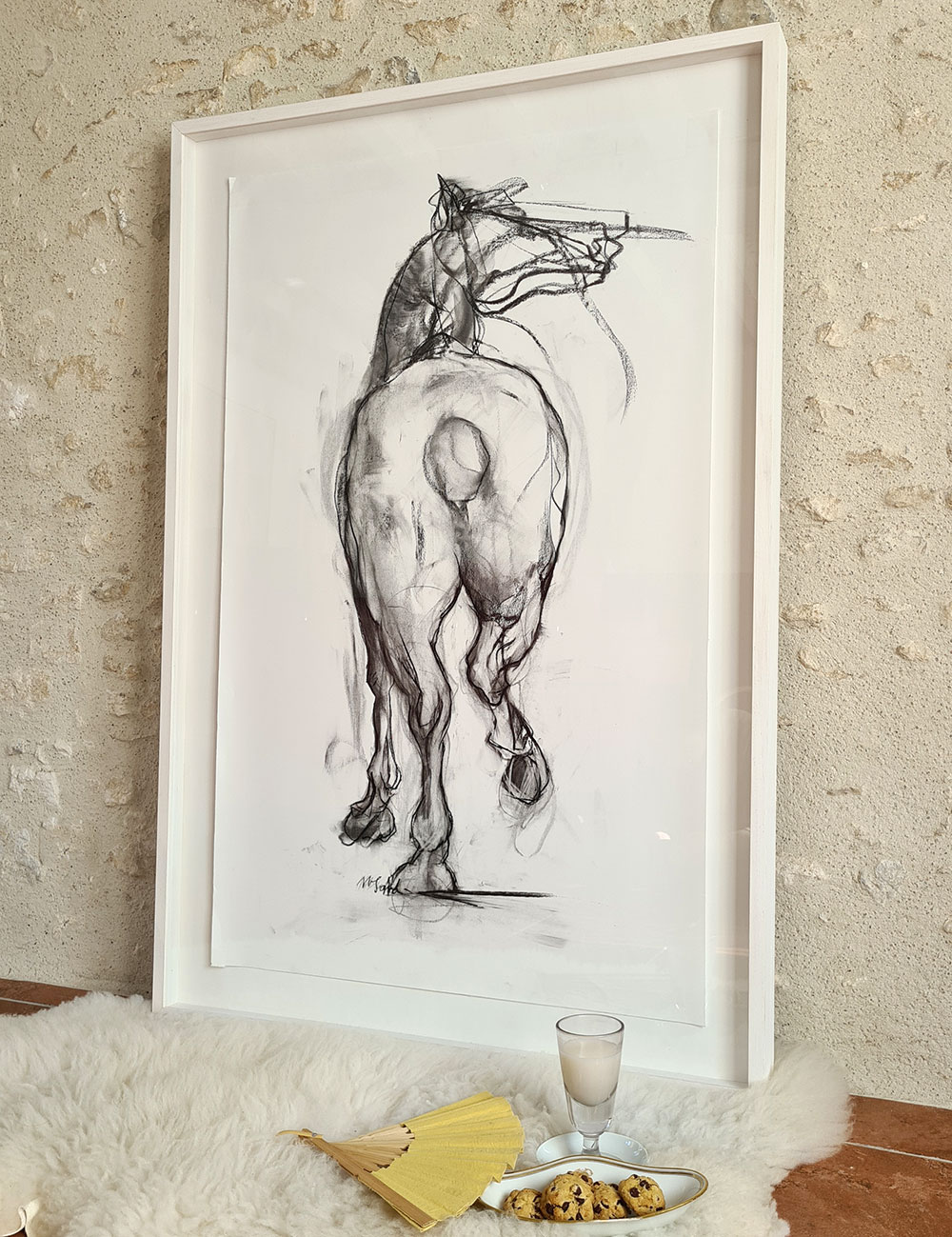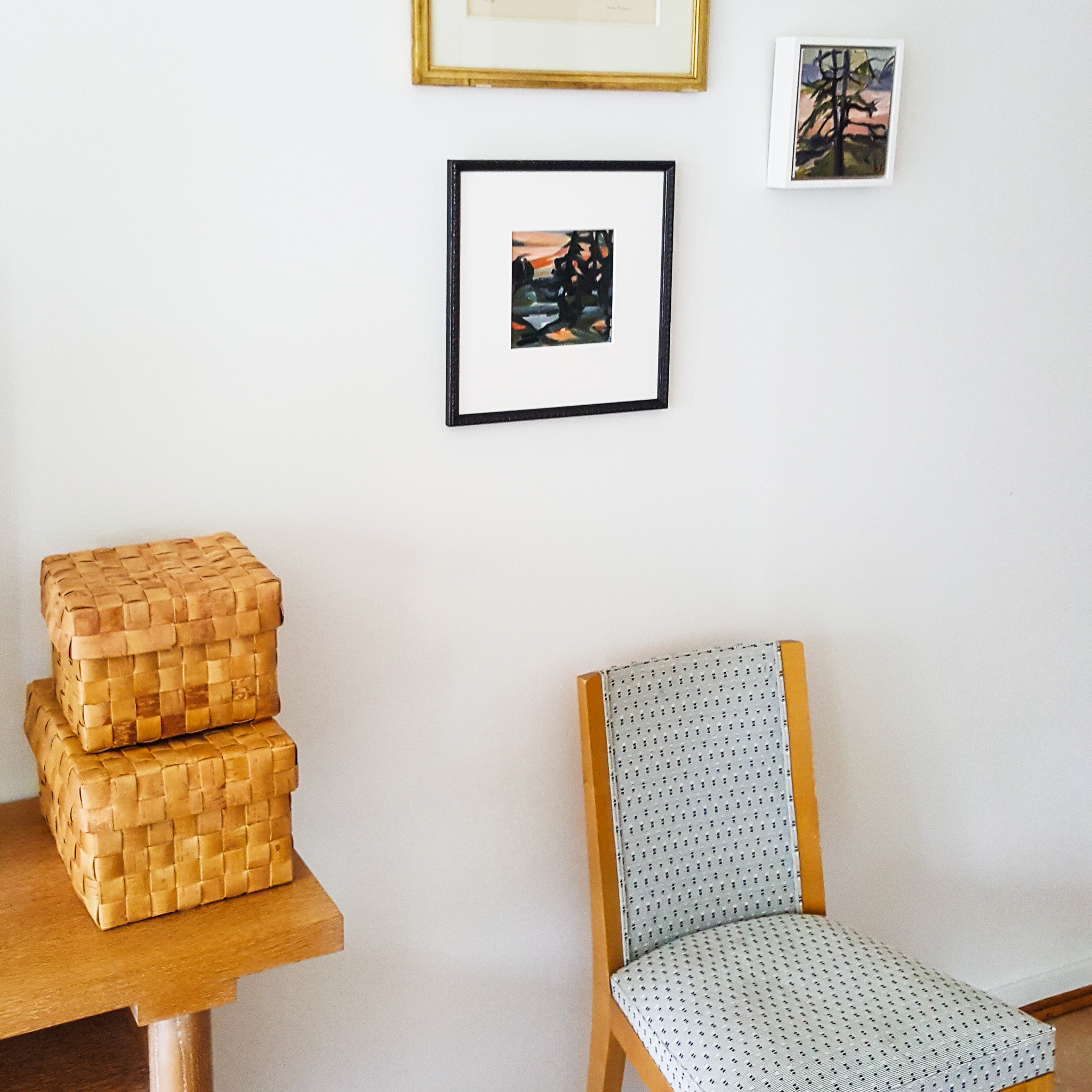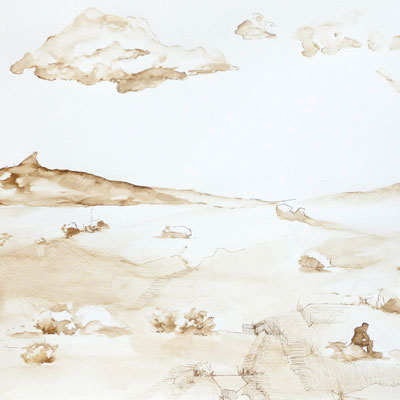Do you find it difficult to choose the frame that will enhance your interior and the art you love?
Do you feel overwhelmed by the numerous options you have?
Do you know how to guide your framer so that he/she makes what you really want?
The frame around a work of art is the finishing touch, the element that completes and elevates a painting, presenting it to the viewer in its best possible light. Chances are that you have been sometimes disappointed with the way your art has been hung or maybe you just don’t hang it because you aren’t sure about the framing.
I consider the frame the gift of the painter so I have paid attention to it. I thought you might be interested to know how I go about.
Here are five key questions and some pictures to visualize what I am talking about.
1. Do you need a frame?
I’ll let you in on a secret: Not every work of art needs to be framed.
For stretched on a canvas piece, framing is completely optional. The term stretched on canvas refers to canvas stapled on thick stretcher bars and secured to the sides or the back of those bars. However, for work on paper, it is mandatory to have a protection whether a glass or plexiglass.
In the image above, the artwork on the left handside is an oil painting stretched on a canvas. It’s on the wall without frame. The artwork on the right handside is a a conté on paper which is framed with a passe partout.
2. How do you frame the artwork?
Let’s say that you have made up your mind. You want or need a frame. The first question you may ask yourself is:
Do you want a matt or not?
The matt, also called passe partout, is a cardboard cut out in the middle and placed in your picture frame between the picture and the glass. The passepartout is available in different shapes and colours. It usually enhances the subject by placing it in the center of a plain space in a way that keeps the art piece flat and tight.
Here are some examples of matts. You can use one matt or several matts in layers:
A. Art pieces with a single or a double matt
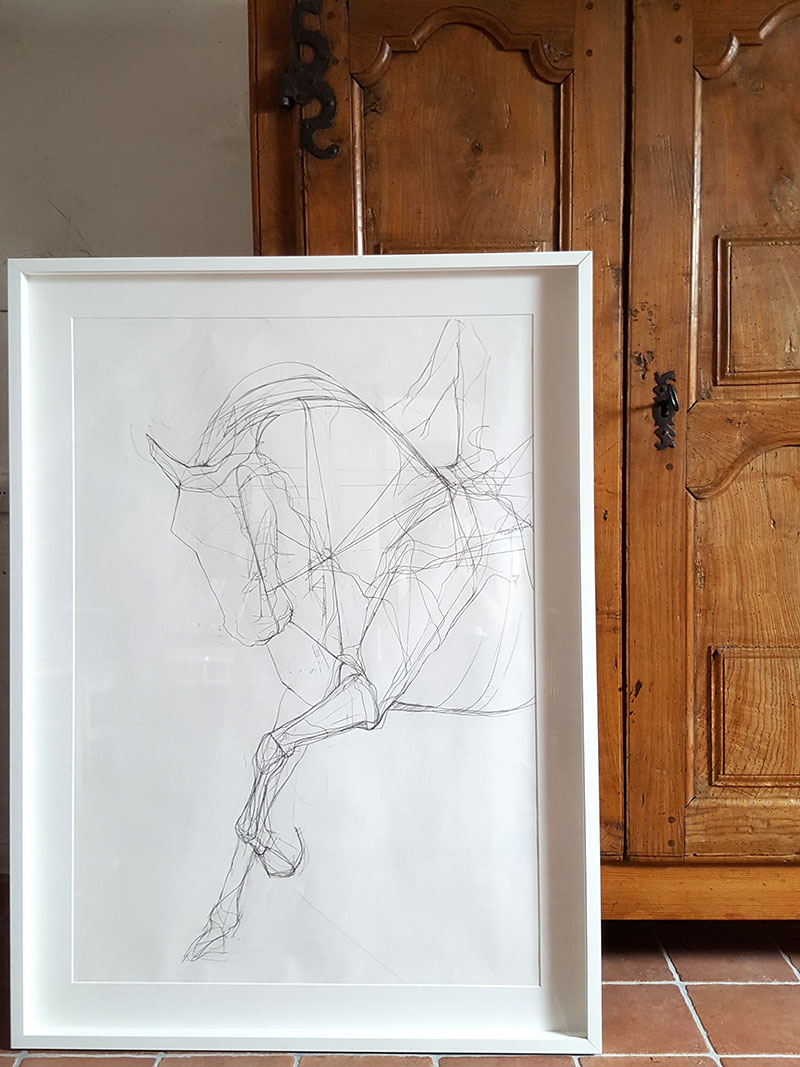
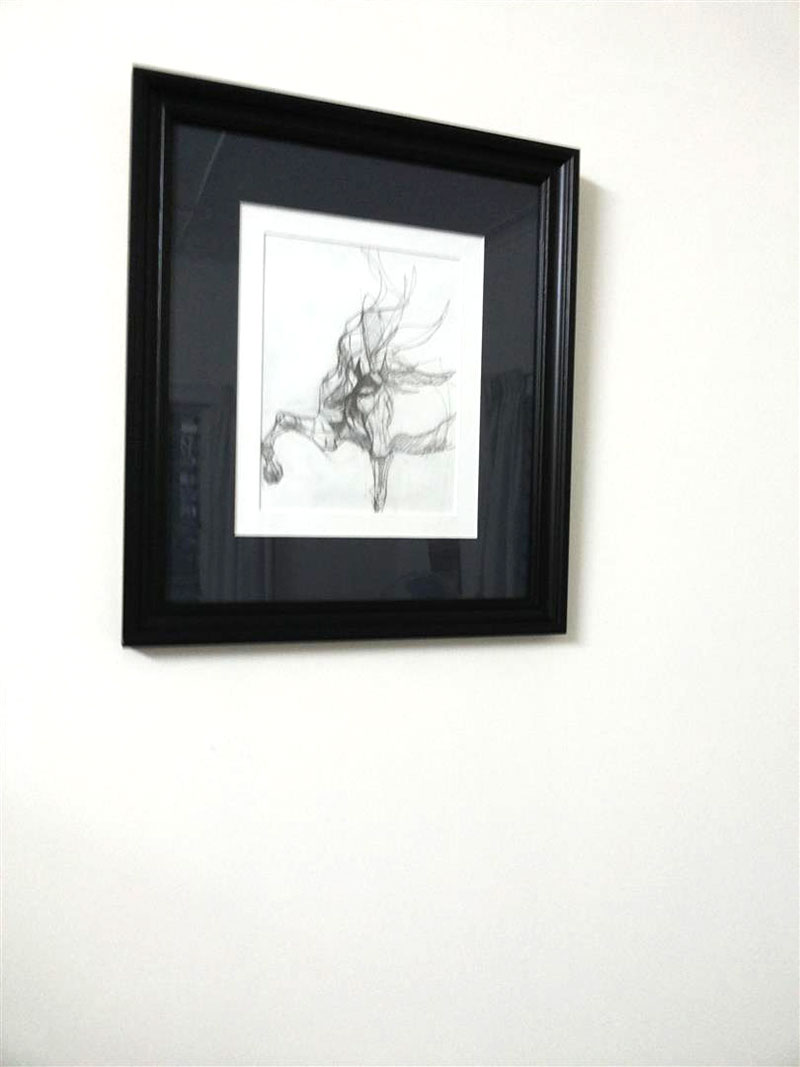
3. How do you place the artwork related to the edge of the frame?
I am sure you have already figured out the next question whether you go with or without matt.
Do you want space around the piece?
This question also depends on two factors:
1. How large is the piece?
2. Where will it be hung?
For example, I tend to think that small pieces deserve space around them if they are placed on a larger wall. But I like them small when they are displayed with other pieces.
Whatever is your preference, here are two photos that show the two options.
A. On the edge of the frame (when it is without a matt of course)

B. With a space between the edge of the frame (possible with or without matt)

4. How do you place the artwork related to the glass protection?
Now is the time to decide where the piece will be placed relative to the glass. In other words, whether you want a frame with depth or not. If I go for a frame with depth, the question is:
Is the piece placed on the back side of the frame or on the front side of the frame, i.e. close to the glass?
Here are three photos to show you an example a drawing placed on the back side of the frame and a photo placed close to the glass.
A. Back of the frame

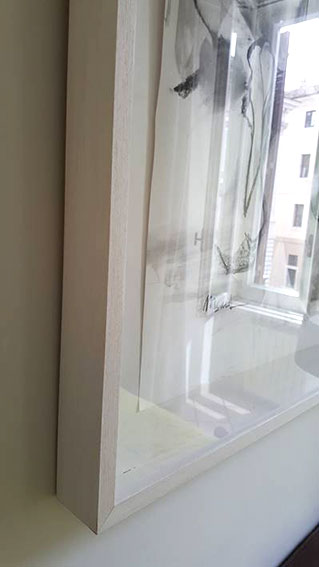
B. Front of the frame, close to the glass

5. What kind of frame?
And now is the last problem to solve.
What type of frame do you want?
Needless to say that this question depends on your interior and your own taste. Even though it’s the last question it isn’t the least important. I believe it truly enhances the artwork.
Here are a few examples but there is an indefinite number of possibilities.
A. Traditional
I have selected this one because it’s an oil stretched on canvas. The collector has chosen to include a passe partout with fabric and two golden frames. I love how it finishes the piece.
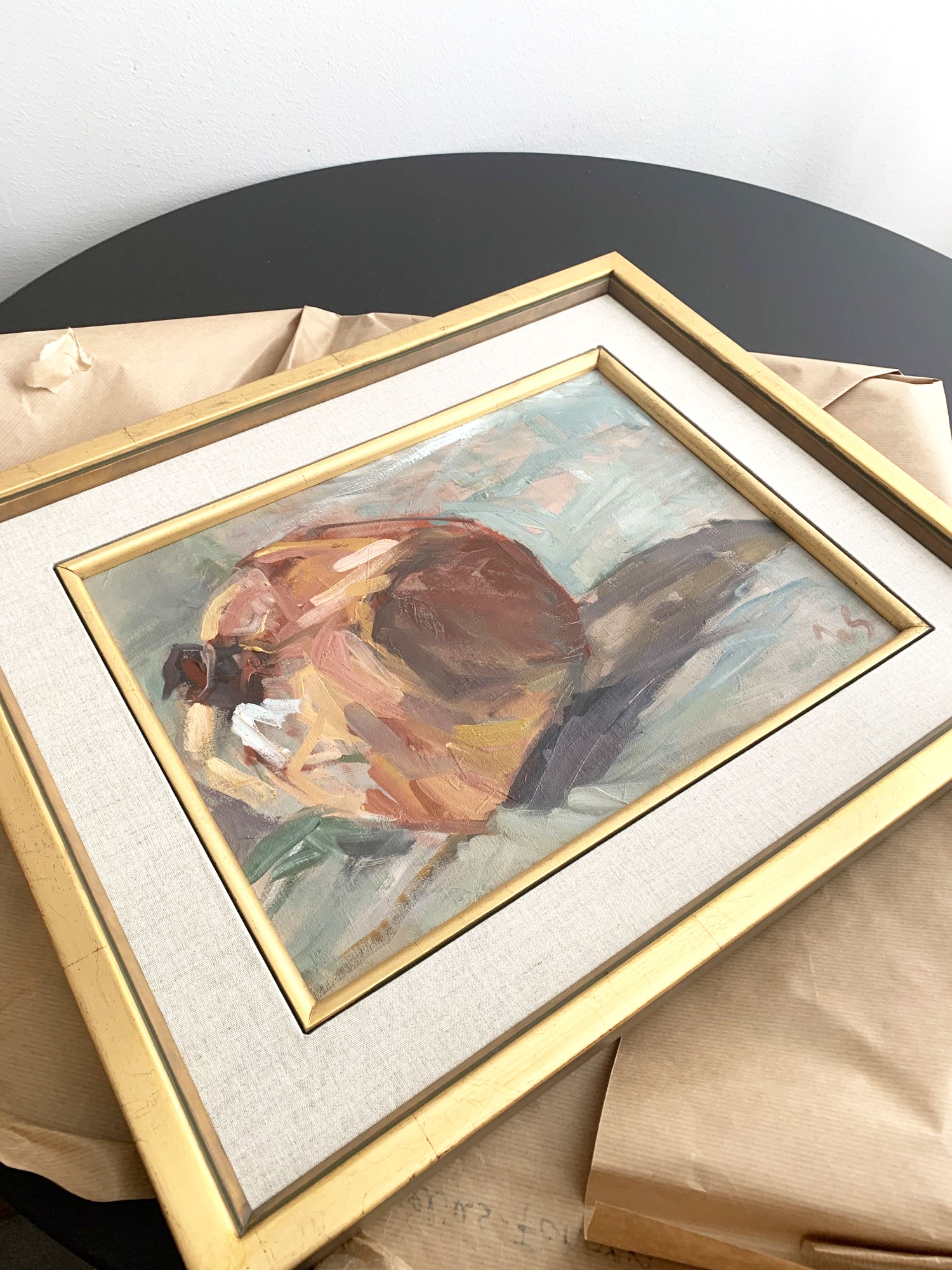
B. Very modern
Another example of a drawing that has been framed without passe partout and without edge around the piece. The collectors have chosen to use a very unique savoir faire of a Parisian framer. I love the final piece.
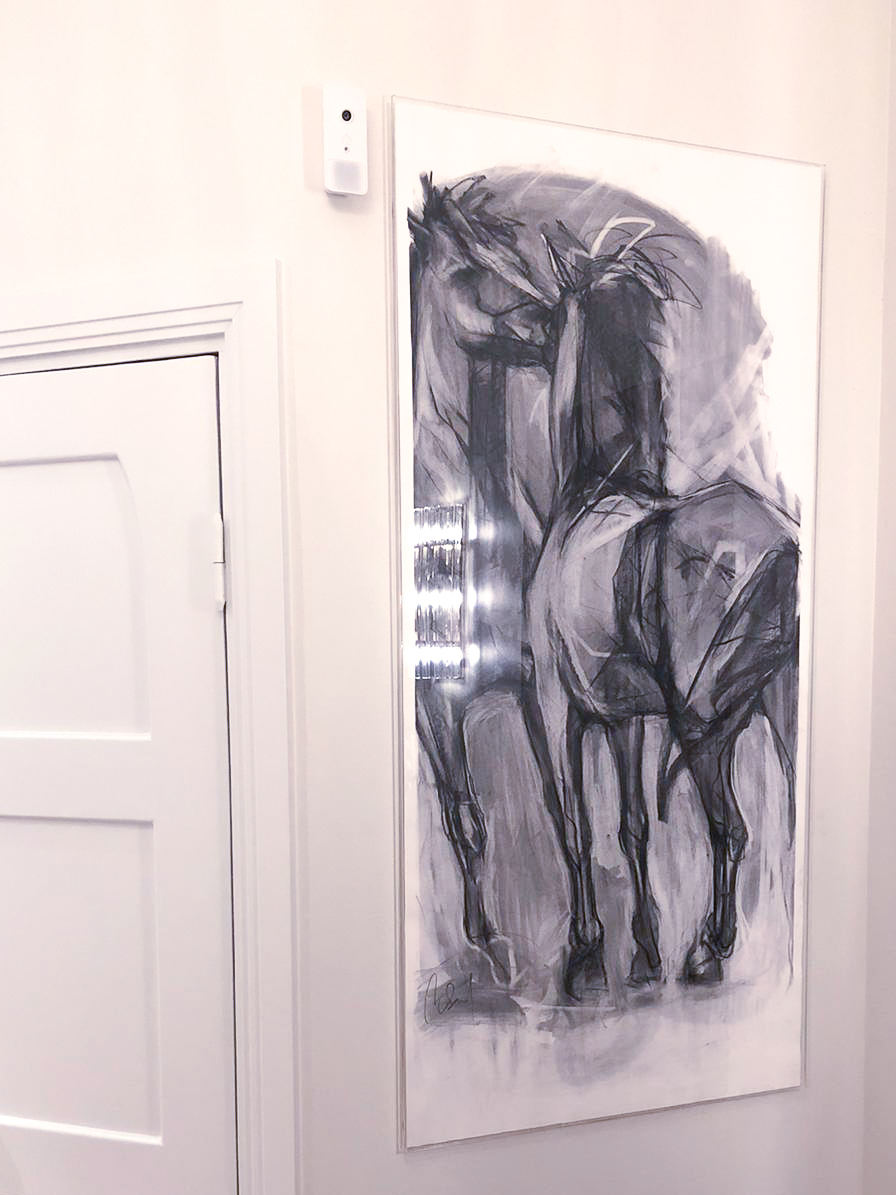
C. A mix of classical and modern
This is an example of small works on a single wall. I like to mix different styles. If you have a large wall it can be a lot of fun.
I hope these questions and answers help you with finding the right frames for the pieces you love. Do not hesitate to ask me any questions. And of course the framer you select is very, very important.
If you have already an idea about the room(s) you want to decorate.
Or if you want to buy more art.
I can help you with both projects!
Just send me a simple photo of the room you are thinking of and the pieces you like, I can do a photomontage of piece in your interior. Here is the link with an example.
Or you can just contact me at mariesand007@gmail.com
It will be a lot of fun for me to work with you!

